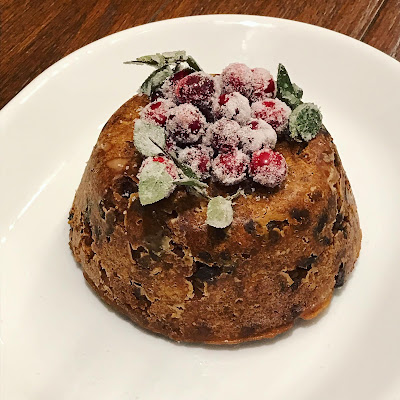Kate Warne was born in New York and was widowed at the age of 23. She was described as having clear cut, expressive features. She had an honest face, which helped those in distress look upon her as their confidant.
According to the article I read about Kate, she responded to a newspaper ad from Allan Pinkerton who was trying to recruit more detectives. She walked into the Pinkerton office and wanted a job. They first thought she wanted an office, job, but when she stated she wanted to be an agent, they were shocked.
Pinkerton decided to test Kate to see what she could do, so in 1858, Kate Warne was assigned to the case of Adams Express Company and embezzlements. She quickly became a close acquaintance of the wife of Pinkerton's prime suspect, Mr. Maroney. By becoming Maroney's wife's friend, Kate was able to collect evidence that eventually led to his conviction. Maroney had stolen $50,000 from the Adams Express Company, and with Kate's help, $39,515 of that was returned.
In 1860, Allan Pinkerton put Kate in charge of his new Female Detective Bureau.
I'd mentioned in some of my previous blog posts, that I had written a female Pinkerton romance that is part of a multi-author series. "An Agent for Cecily" has been released and it's receiving RAVING reviews!! I fashioned my character after Kate Marne, because Cecily is headstrong, and she does what she feels is right in ANY situation.
There’s
only one way to escape Cecily Sheldon’s insane family – take on someone else’s
identity. Along with this new identity comes a new job. Of course, to become a
Pinkerton Agent, she must marry a male agent who will train her. Now she needs
to keep her true identity hidden from Broderick Tanner for fear he’ll arrest
her along with her father and brothers. Perhaps living a double life wasn’t a
good choice after all.
Available on KINDLE and on Kindle Unlimited. Click here
To read an excerpt click here.
ABOUT THE AUTHOR
Marie Higgins is a best-selling author of Christian
and sweet romance novels; from refined bad-boy heroes who make your heart melt
to the feisty heroines who somehow manage to love them regardless of their
faults. She has over 50 heartwarming on-the-edge-of-your-seat stories, and
broadened her readership by writing mystery/suspense, humor, time-travel,
paranormal, along with her love for historical romances. Her readers have
dubbed her "Queen of Tease", because of all her twists and unexpected
endings.
Twitter –
https://twitter.com/mariehigginsXOX
Pinterest - https://www.pinterest.com/mariehigginsxox/
Phone reading apps - https://www.ficfun.com AND https://www.dreame.com
AND https://www.radishfiction.com/



































